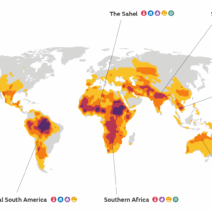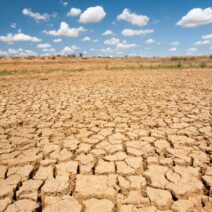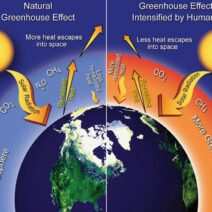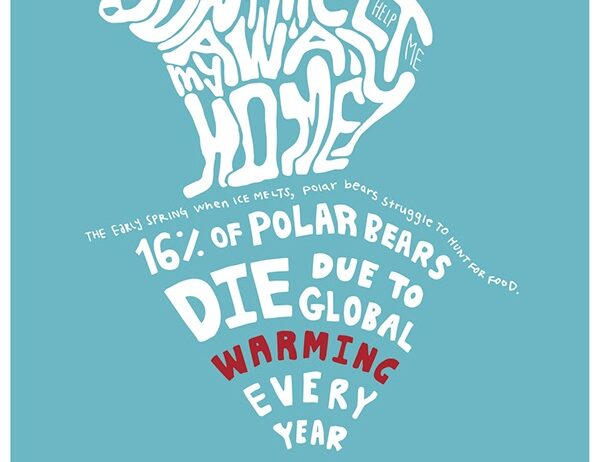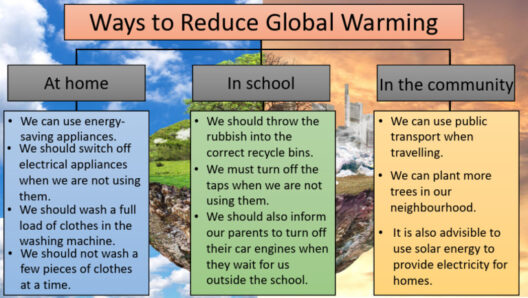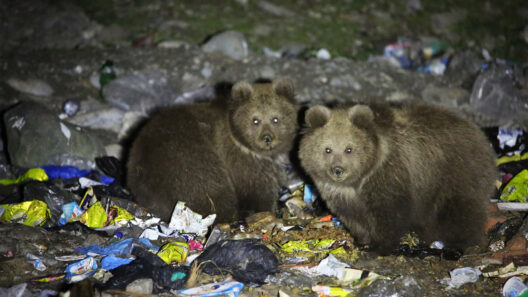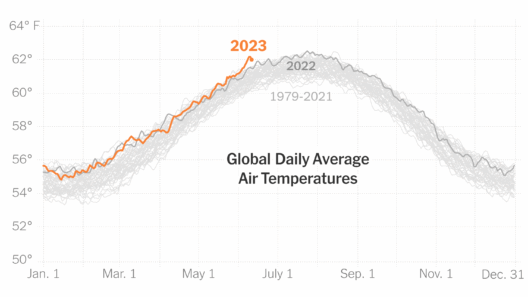Global warming has emerged as one of the most pressing issues confronting humanity in the 21st century. As temperatures rise and natural disasters become more frequent, the imperative to raise awareness among the populace is greater than ever. While it’s common to direct efforts toward the youth, studies and observations indicate that certain age groups are particularly receptive to discussions about climate change. Delving deeper reveals a fascinating picture of who is most likely to embrace the message of sustainability and environmental stewardship.
First and foremost, the demographic most impacted by global warming is the younger generation—children and adolescents aged 6 to 18. This age group is often exposed to educational materials about environmental issues through schools and mass media. They are keen observers of the world around them and increasingly face the repercussions of climate change, from extreme weather events to shifts in ecosystem dynamics. Engaging this age group is not merely about educating them; it is about empowering them to take action. Research suggests that when children are equipped with knowledge regarding global warming, they tend to advocate for change, influencing their families and communities to adopt more sustainable practices.
However, it is not solely the youth who warrant attention. A surprising demographic is individuals aged 30 to 45—young professionals and new parents. This cohort, often characterized by an increasing awareness of social responsibility, can serve as a powerful ally in climate advocacy. They are typically in decision-making positions, whether at home or within their workplaces. By fostering an understanding of climate change in this group, initiatives can leverage their influence to inspire changes in corporate practices, energy consumption, and lifestyle choices.
Another group that often receives less attention is the segment of the population aged 50 and above. While it may be assumed that older individuals are set in their ways, many members of this demographic exhibit a profound concern for the legacy they leave for future generations. They often possess the resources and time to engage in volunteer work, support environmental organizations, and advocate for sustainable policies. Interestingly, many in this age group have witnessed the gradual degradation of the environment throughout their lives and may possess a deep-rooted understanding of the consequences of climate change. Engaging them effectively can yield substantial results, as they are motivated by a sense of purpose and responsibility.
So, what is the underlying reason behind this diverse spectrum of target groups? It lies in the emotional connection to the issue of global warming. Younger individuals often relate the concept of climate change to their future—an emotional trigger that propels them into action. For those aged 30 to 45, the motivation may stem from a desire to create a safe environment for their children and a better world for future generations. Meanwhile, older generations resonate with notions of stewardship and legacy, feeling that they must take action to mitigate the impact of their earlier generations’ choices.
The role of education cannot be overstated in nurturing this emotional connection. Educational institutions have the opportunity to integrate climate literacy into their curricula, ensuring that students understand the science behind global warming, its implications, and possible solutions. This education should transcend mere awareness and foster critical thinking, encouraging students to engage with local environmental issues, participate in community initiatives, and explore sustainable living practices. By doing so, schools can develop informed advocates for the environment, regardless of age.
Another pivotal component in engaging with various age demographics is the method of communication. Younger audiences tend to gravitate towards visually striking, shareable content—think infographics, videos, and social media campaigns. Conversely, adults in their 30s and 40s may prefer practical information that emphasizes the tangible benefits of sustainable practices, such as cost savings or enhanced quality of life. To reach older adults, campaigns focused on storytelling, highlighting personal narratives that illustrate both the urgency of climate action and the potential to effect positive change, may resonate deeply.
Moreover, collaboration stands out as a key strategy for enhancing global warming awareness across generational lines. Initiatives that promote intergenerational dialogue can harness the strengths and insights of each group. Workshops that bring together young people, working professionals, and older advocates can foster a shared understanding of the challenges posed by climate change. This collaboration not only facilitates learning but also cultivates a sense of community around environmental action, strengthening the overall impact of awareness campaigns.
Ultimately, the most effective approach to global warming advocacy hinges on recognizing the unique motivations and strengths of each age demographic. While the youth may intuitively grasp the stakes involved, it is the complementing efforts of young professionals and seasoned advocates that can catalyze significant action. Acknowledging the emotional threads connecting individuals across ages ensures that the messaging resonates, invoking a collective commitment to preserving the planet.
As we continue to march toward a future increasingly affected by climate change, it is incumbent upon advocates and organizations to broaden their focus. By casting a wide net to engage various age groups—especially those who may surprise us with their passion for the cause—we can cultivate a more effective and inclusive movement towards sustainability. The call is clear: awareness must transcend age boundaries, beckoning each generation to join in the fight against global warming, lest future generations inherit a planet unrecognizable from the one we occupy today.
